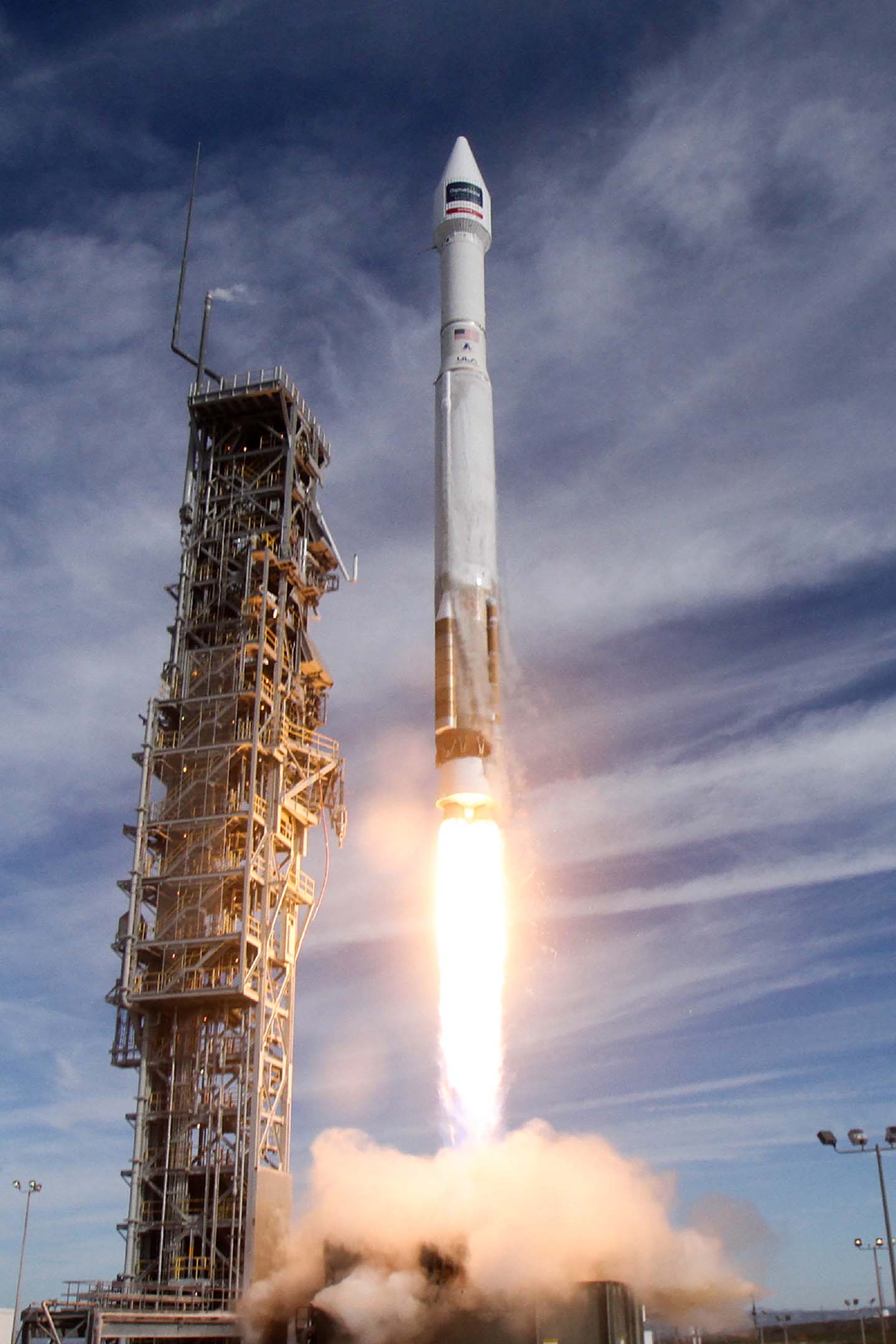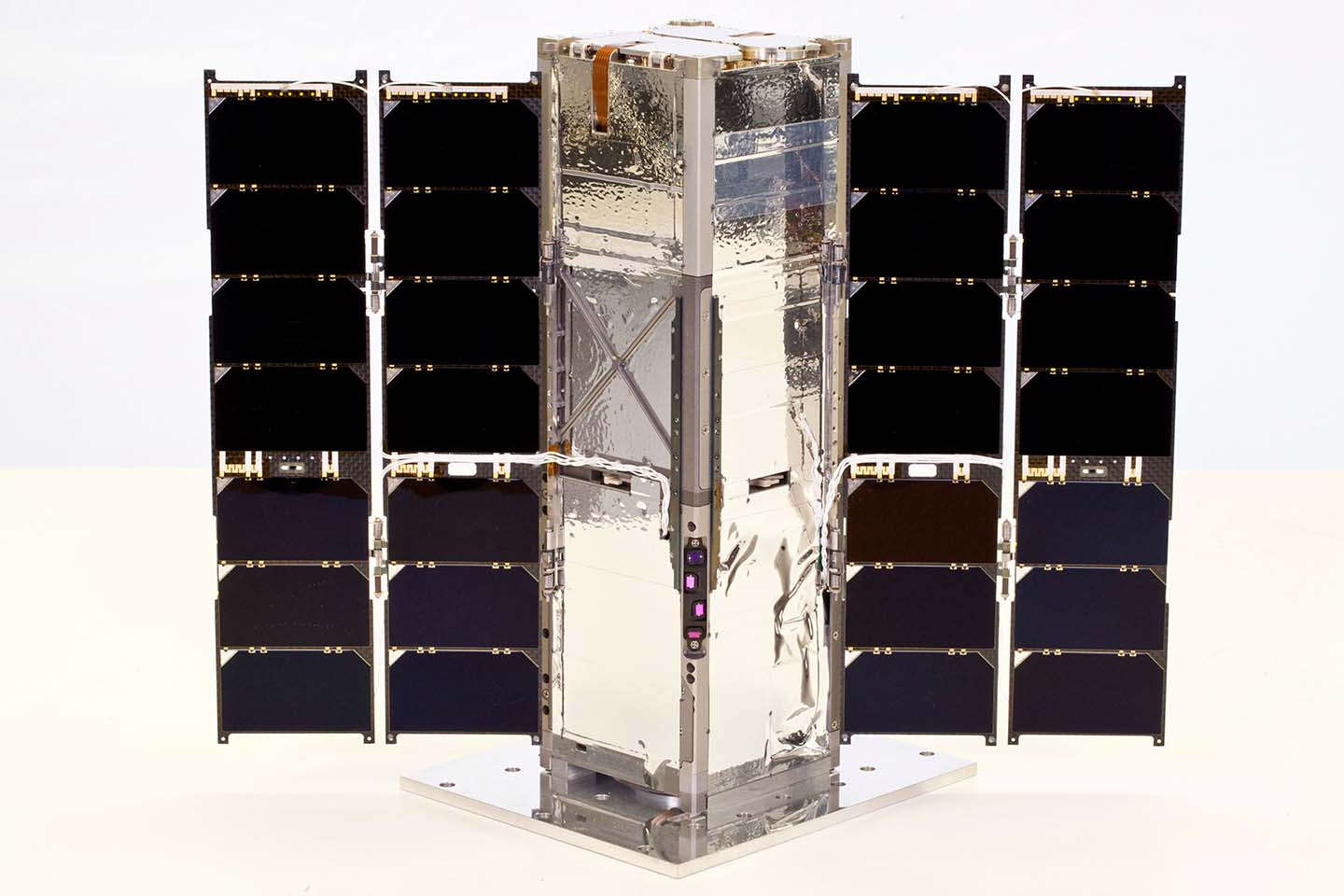Press Release
APL’s RAVAN CubeSat Will Study Earth Climate Imbalance
Tue, 11/22/2016 - 16:19
A new CubeSat from the Johns Hopkins University Applied Physics Laboratory (APL) in Laurel, Maryland, will demonstrate new technology to measure Earth’s radiation imbalance and better predict future climate change.
The Radiometer Assessment using Vertically Aligned Nanotubes (RAVAN) CubeSat, roughly the size of a loaf of bread, was one of seven CubeSats aboard the United Launch Alliance Atlas 5 rocket launched Nov. 11 from Vandenberg Air Force Base in California. The RAVAN team has been testing and configuring CubeSat operations since launch, and anticipates initiating science operations soon.
RAVAN will demonstrate that accurate and critically needed Earth climate measurements can be made with a small instrument, thanks in part to new carbon nanotube technology that absorbs light extremely efficiently.
The RAVAN team will study Earth’s radiation imbalance (ERI), which is the difference between the amount of energy from the sun that reaches the Earth and that is reflected or radiated back into space. While thought to be less than one percent, the imbalance is known to be essential for understanding and predicting changes in the planet’s climate. RAVAN is funded by NASA’s Earth Science Technology Office, located at NASA’s Goddard Space Flight Center in Greenbelt, Maryland.
“RAVAN is the product of a close-knit collaboration between partners,” said RAVAN Principal Investigator Bill Swartz of APL “and the team is ready to begin testing the new technology on orbit. This pathfinder demonstration mission will show how we can make low-cost yet precise measurements of ERI from space, which would enable a huge leap in our ability to predict climate behavior.”


